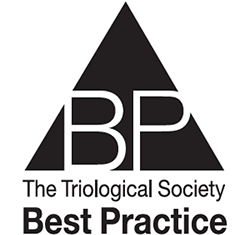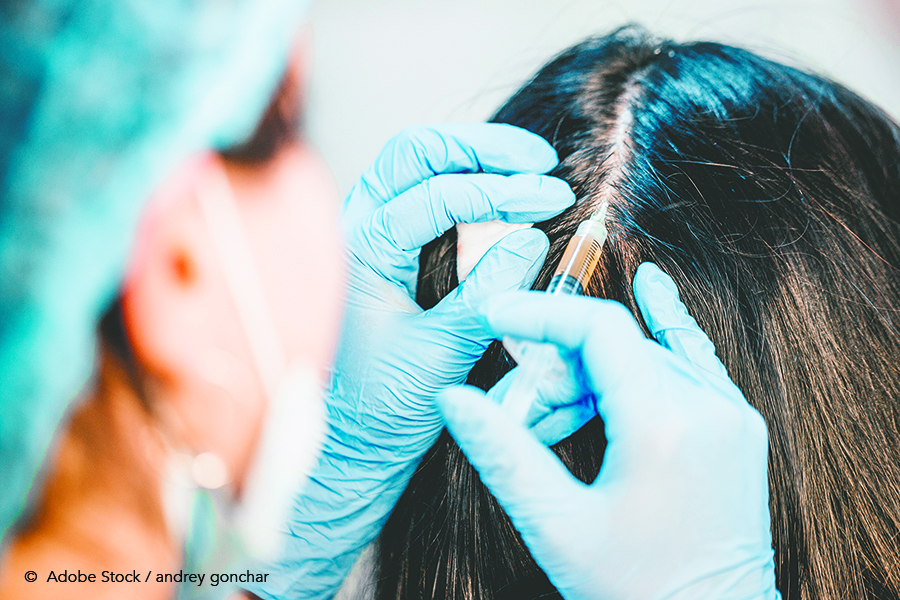 TRIO Best Practice articles are brief, structured reviews designed to provide the busy clinician with a handy outline and reference for day-to-day clinical decision making. The ENTtoday summaries below include the Background and Best Practice sections of the original article. To view the complete Laryngoscope articles free of charge, visit Laryngoscope.com.
TRIO Best Practice articles are brief, structured reviews designed to provide the busy clinician with a handy outline and reference for day-to-day clinical decision making. The ENTtoday summaries below include the Background and Best Practice sections of the original article. To view the complete Laryngoscope articles free of charge, visit Laryngoscope.com.
BACKGROUND
Platelet-rich plasma (PRP) is an innovative technology for hair restoration. PRP is created as an autologous substance from the centrifugation of patients’ own blood. Growth factors found within platelets can allow for cell angiogenesis and proliferation. Androgenetic alopecia (AA) and female pattern hair loss (FPHL) can have significant impacts on patient quality of life, well-being, and perception of overall appearan ce (J Cosmet Dermatol. 2017;16:374–381). Many treatment options for patients with AA/FPHL exist, ranging from noninvasive to invasive. The most invasive current option for hair restoration is hair transplantation, which can lead to potential complications and is costly for patients. From a minimally invasive perspective, PRP has emerged as a novel hair restoration technique in the literature and has gained popularity among patients and providers alike.
ce (J Cosmet Dermatol. 2017;16:374–381). Many treatment options for patients with AA/FPHL exist, ranging from noninvasive to invasive. The most invasive current option for hair restoration is hair transplantation, which can lead to potential complications and is costly for patients. From a minimally invasive perspective, PRP has emerged as a novel hair restoration technique in the literature and has gained popularity among patients and providers alike.
Currently, there are questions regarding the true efficacy of and correct preparation protocols for the use of PRP for hair restoration. Literature has been published on this technique, but individual studies have been somewhat underpowered and inconclusive. By using recent systematic reviews/meta-analyses, this article aims to clarify if PRP has a therapeutic role in hair restoration.
BEST PRACTICE
Based on a review of the current literature on PRP and hair restoration, PRP does have a therapeutic role in hair restoration. Most trials we examined had a low risk of bias; only a few studies included some concerns/high risk.
Regarding effective regimens, multiple treatments with an inter-treatment interval of four weeks can be recommended. Most studies used an activator, and there was some benefit to double-centrifugation. There is still a significant gap in knowledge regarding a defined, evidence-based, and standardized preparation technique for PRP use in hair restoration. All of the included studies called for further rigorous, randomized double-blinded trials assessing PRP and hair restoration.